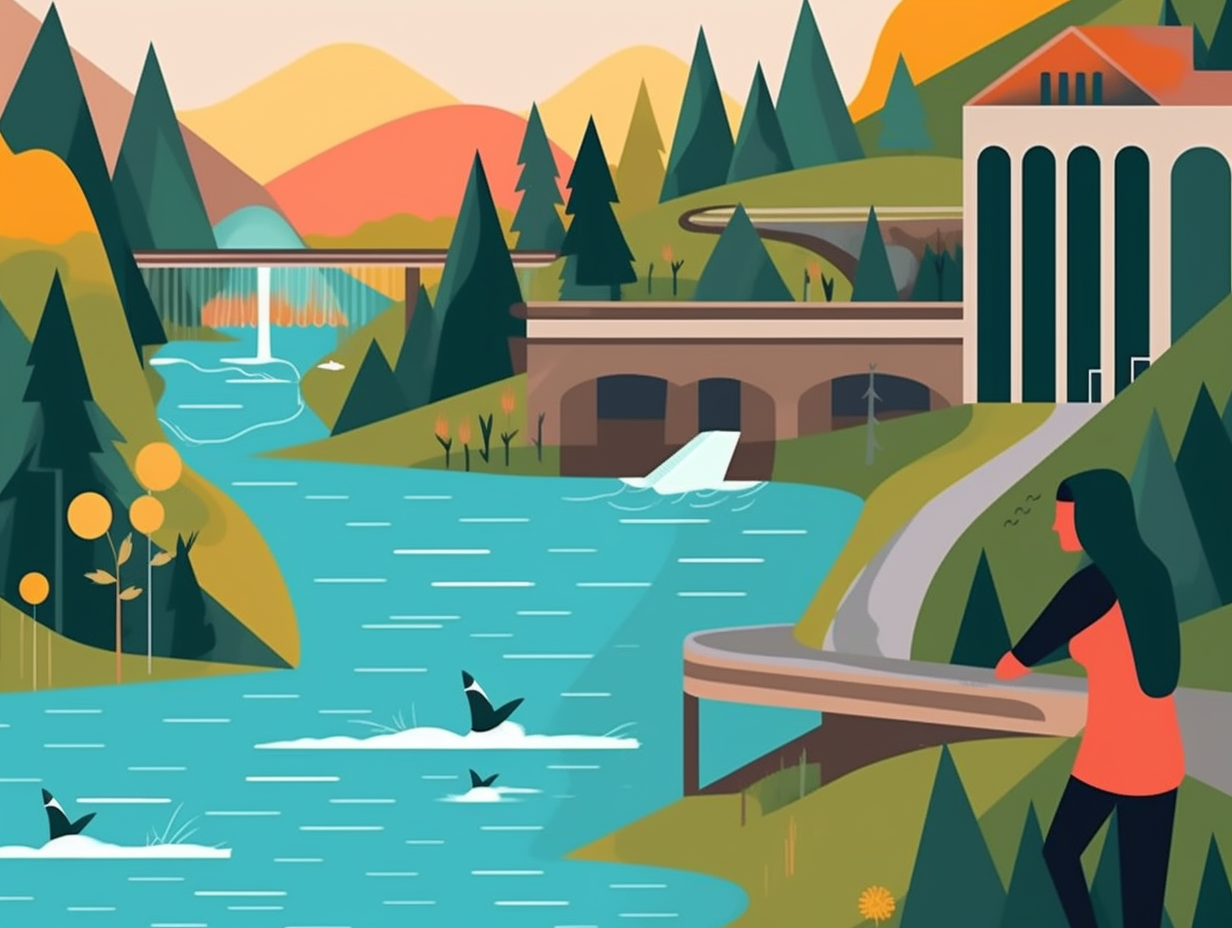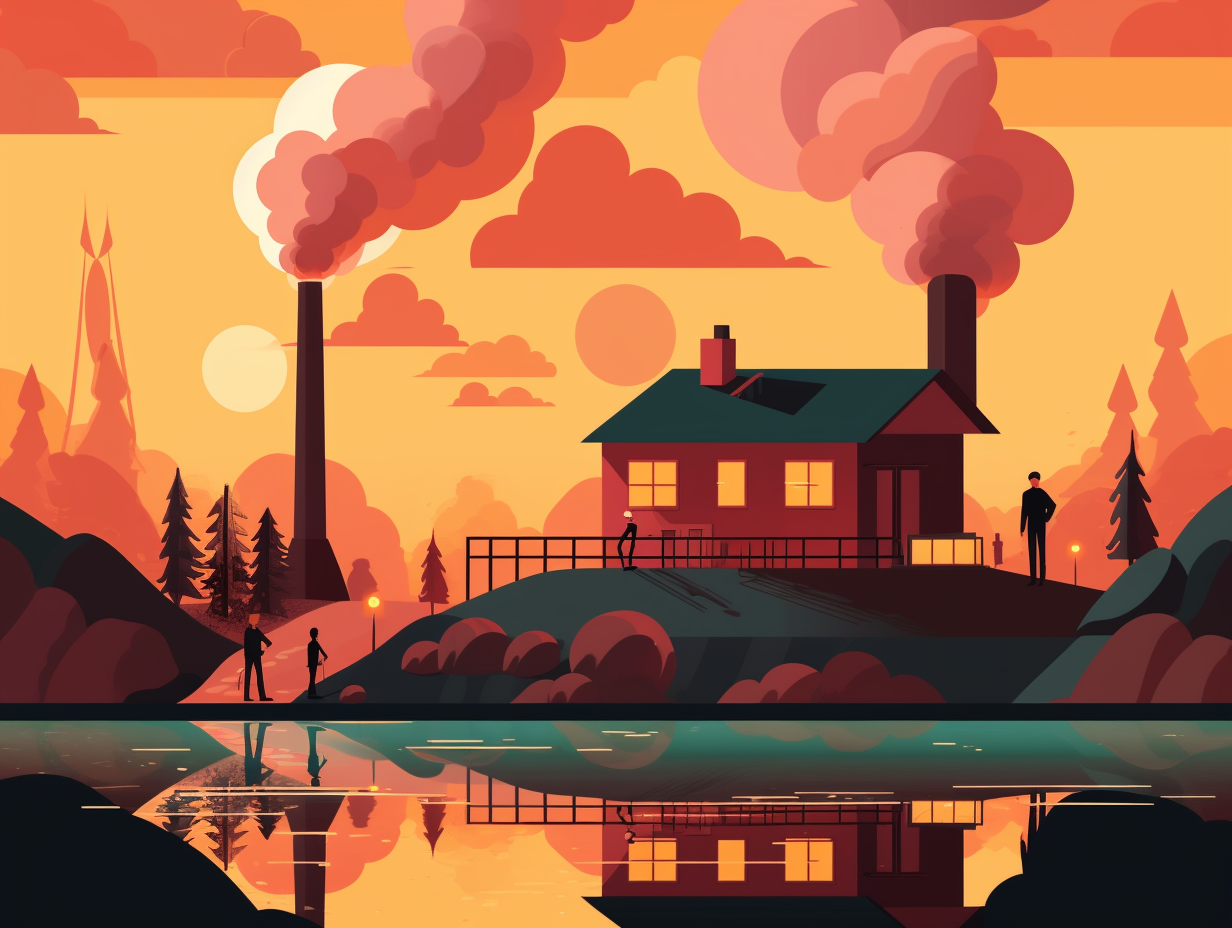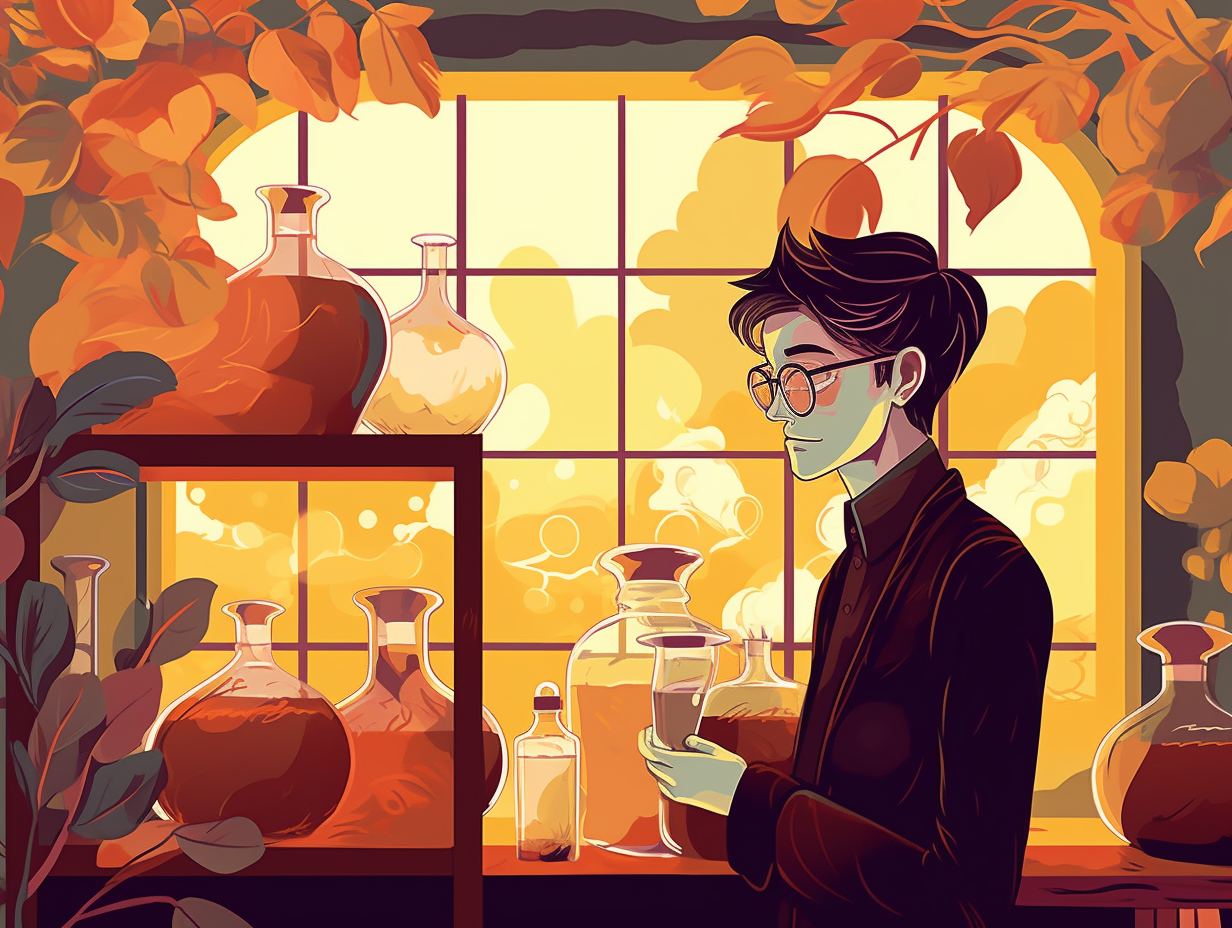Discover the 9 Most Surprising and Entertaining Facts About Greenhouses You Never Knew!
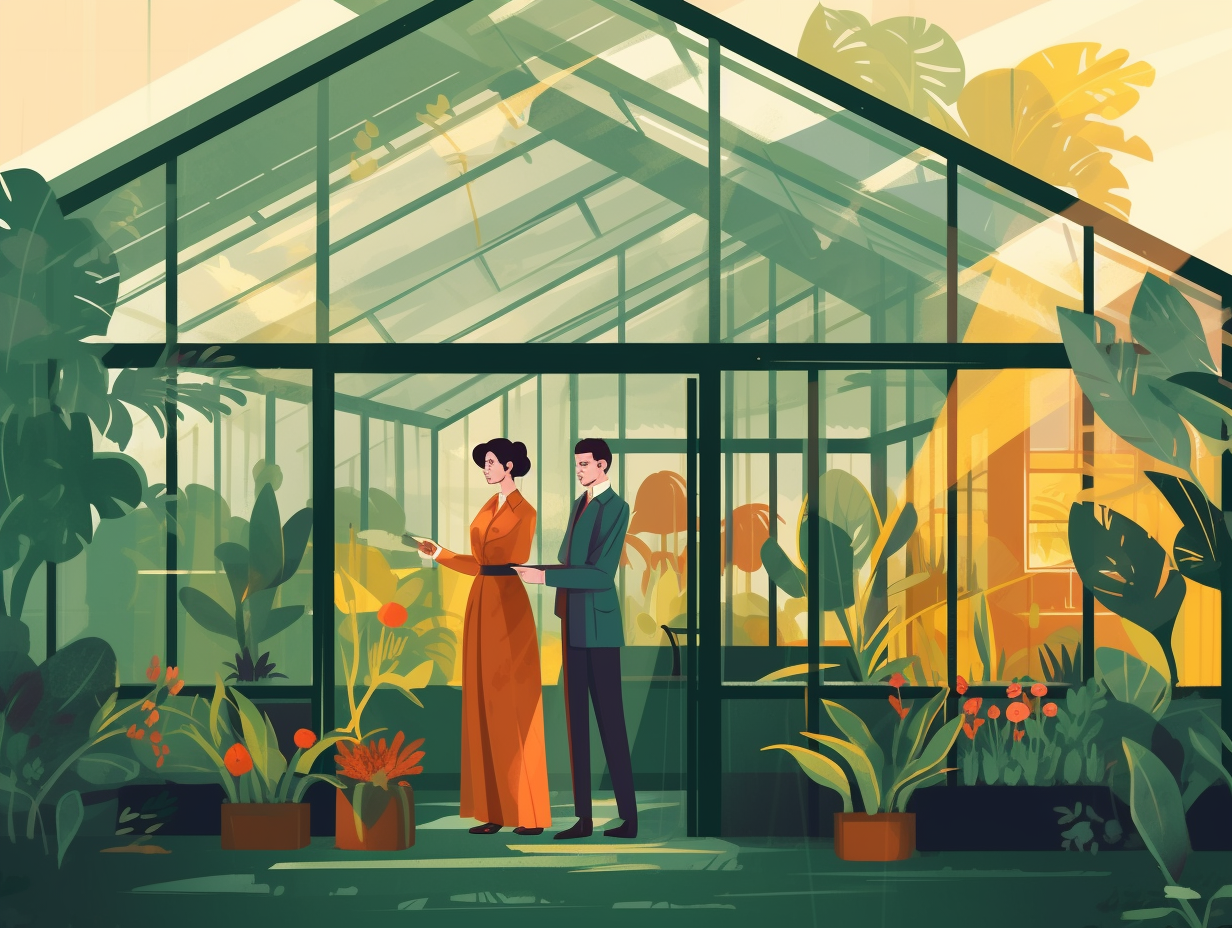
1. Belgian Greenhouse Wedding Venue
If you've ever dreamt of saying "I do" with koi-fish witnesses and a side of Belgian waffle inspiration, look no further: The Planterra Conservatory in West Bloomfield, Michigan is a magical greenhouse wedding venue, imported all the way from Belgium, complete with indoor koi ponds, a stunning stone archway, and an exquisite collection of rare plants.
Source => weddingwire.com
2. Victorian England's Mini-Edens
When Victorian England wasn't busy keeping a stiff upper lip or inventing more ways to spill the tea, they took horticultural side quests, transforming their homes into mini-Edens with a dash of peacock flair: Thanks to the invention of the Wardian case, their humble abodes saw a decorating explosion, turning once ordinary drawing rooms into exotic sanctuaries filled with transported ferns and orchids, as nature bowed before their green-thumbed prowess.
Source => theatlantic.com

Discover how ancient Egyptian construction workers used a creative mixture of gypsum mortar and limestone chippings to make the Great Pyramid of Giza perfectly flat – and how they turned it into a party while doing so! 🎉🔨🇪🇬
=> Fun Facts about Insulation
3. America's First Greenhouse in Boston
In the land of Boston Tea Parties and Paul Revere's midnight rides, an unexpected hero sprouted: greenhouse pioneer Andrew Faneuil. Known for lattes and super bowl comebacks before they were cool, Boston was also home to America's first-ever greenhouse! Behold the wonders: Built by Faneuil in 1737, the greenhouse found its humble beginnings with glass walls and roofs, a far cry from ancient Roman stone-and-glass predecessors. Nowadays, greenhouses sport fashionable attire like plastic and steel, and Ohio is strutting its stuff as a top 5 contender for floriculture, bedding, and gardening plant production.
Source => u.osu.edu
4. World's Largest Victorian Glasshouse
Feeling hot and bothered? Why not be like a plant and seek refuge in a Victorian glass palace: The Temperate House in Kew Gardens, London, is not only the world's largest surviving Victorian glasshouse, but it also underwent an extensive restoration from 2014-2015 and was re-opened to the public in May 2018, showcasing its remarkable cast- and wrought-iron and glass construction.
Source => en.wikipedia.org
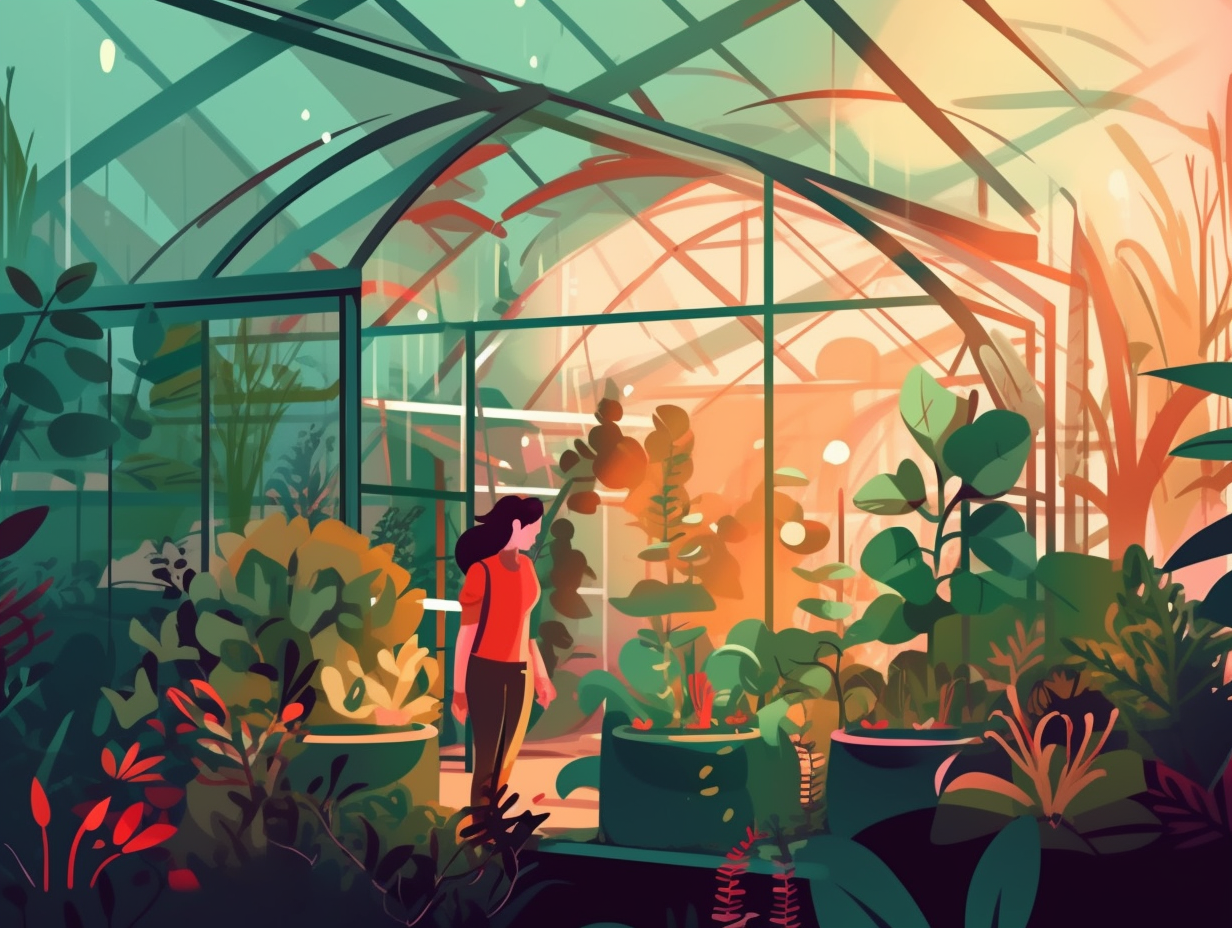
5. Noah's Ark Meets Eden Project's Biomes
When Noah boarded his ark, he grossly overlooked the need for Eden-style luxury biomes to house those rascally reptiles and eccentric birds: The Eden Project's biomes not only function as magnificent greenhouses but also accommodate an array of animal species such as roul-roul partridges, gecko and anole lizards, and treefrogs, creating an all-embracing experience for its visitors.
Source => atlasobscura.com
6. Dutch Greenhouses for Tomatoes
In the land of windmills and wooden shoes, the Dutch have traded tulips for tomatoes, cultivating fields of glass as far as the eye can see: Aerial photos by Tom Hegen reveal that densely populated Netherlands hosts a sprawling expanse of greenhouses, especially south of Amsterdam, as a sustainable solution to feeding their masses while using up to 90% less water and significantly cutting down on pesticide use.
Source => fastcompany.com
7. Sensitive Tomatoes in Backyard Greenhouses
Tomatoes so sensitive, they cry at rom-coms: you can grow these fickle fruits with ease in your own backyard greenhouse, taking advantage of vertical space and ditching the need for pesky chemical fertilizers, bringing self-sufficiency right to your door.
Source => climapod.com
8. Greenhouses Create Custom Microclimates
Beware of the Greenhouse Effect: it's a notorious plant-robber that whisks unsuspecting greens away from their homes and into new environments! Just kidding: in reality, greenhouses help create custom microclimates, allowing plants to grow in regions where they otherwise might struggle. By tweaking wind flow, temperature, and sunlight, these leafy sanctuaries increase plant yield and diversity. However, they're not a foolproof teleportation device for plants – the chosen flora still need to be well-suited for the local climate, and microclimates must be designed with that in mind.
Source => freepermaculture.com
9. Solar-Paneled Greenhouse Rooftops
Even the rooftops of greenhouses are now getting greener, as they're being decked out with fancy solar-paneled hats that work better with a little less sun-drenched optimism: Researchers at UCLA have found that semi-transparent organic solar panels enhance solar cell efficiency while simultaneously benefiting plant growth by filtering out harmful ultraviolet rays and excess sunlight, thus proving that our leafy friends don't need as much sun as we once believed.
Source => electrek.co
Related Fun Facts






